Youngstown Juniper Tree
- June 7, 2023
- 0 comment
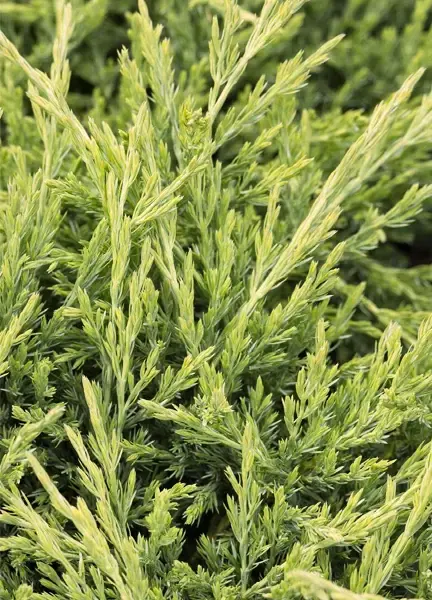
Common and Botanical Names
This is the Youngstown Juniper—often known as the creeping juniper due to its unique growth pattern. Its botanical name is Juniperus horizontalis ‘Youngstown,’ and it’s a member of the Cupressaceae family.
Interesting Facts

The Youngstown Juniper, developed at the Youngstown Nursery in Ohio, is a remarkably versatile and resilient plant, thriving in various soils from sandy to clay. Notably, its foliage, instead of losing color during winter, transforms into an appealing purplish hue, providing year-round visual interest. What makes it exceptional is its robust root system and sprawling nature, which make it an excellent plant for controlling soil erosion—especially on slopes and banks. The juniper berries it produces, although not typically eaten due to their bitterness, are used to flavor gin. Despite its somewhat modest look, this juniper is notable for its drought resistance, making it a perfect choice for water-conserving or arid environments. Even amidst urban pollution, the Youngstown Juniper thrives, proving its mettle in cityscapes where other plants might struggle. Moreover, its berries and thick foliage provide essential shelter for birds, positioning it as a positive contributor to local ecosystems.
Mature Size
The Youngstown Juniper (Juniperus horizontalis ‘Youngstown’) is a low-growing evergreen shrub that typically reaches a mature size of 6 to 12 inches in height and spreads to about 4 to 8 feet wide. This compact and spreading growth habit makes it an excellent choice for ground cover or as a border plant in landscaping.
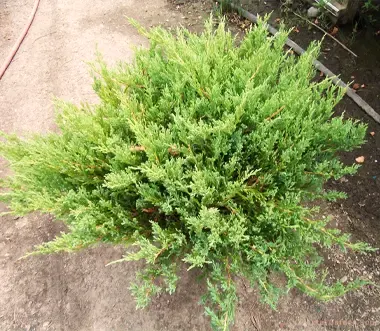
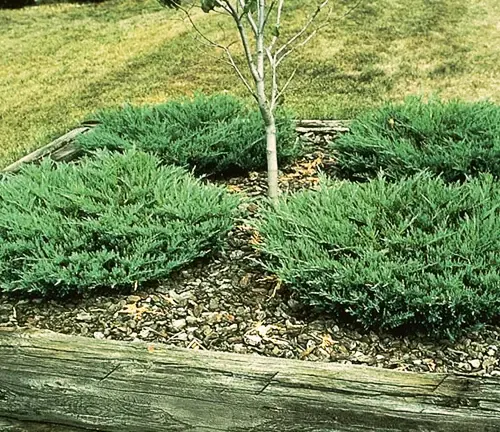
Plant Type and Mature Size
Youngstown Juniper is an evergreen shrub known for its expansive ground cover. As it matures, it can reach a height of 1 foot but will spread up to 8 feet wide, creating a thick carpet of greenery.
Soil Type, Hardiness Zones, and Growth Rate
This resilient plant is quite versatile when it comes to soil type—it can handle anything from sandy to clay soils. It thrives in hardiness Zones 3 through 9, making it a suitable choice for various climates. While its growth rate is considered moderate, its horizontal spreading can be quite vigorous.

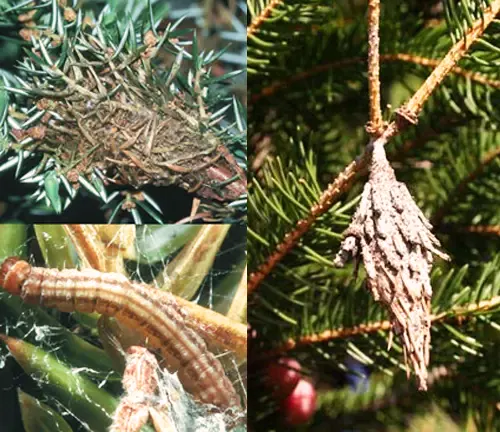
Common Pests & Diseases
These Junipers are generally disease-resistant but can sometimes be affected by blight, rust, and root rot. Pests like aphids, scales, and bagworms can occasionally pose problems.
Juniper trees, while generally disease-resistant, can still be susceptible to certain pests and diseases. Here are some common issues that juniper trees may face:
1. Blight: Blight is a fungal disease that can affect juniper trees, causing branch dieback and discoloration. It is often characterized by brown or black lesions on the foliage. Proper pruning and ensuring good air circulation around the tree can help prevent blight.
2. Rust: Rust is another fungal disease that can affect juniper trees. It often appears as orange or rust-colored spots on the foliage and can cause defoliation and weakened growth. Removing infected branches and improving overall tree health can help manage rust.
3. Root Rot: Root rot is a condition caused by various fungi that attack the roots of the juniper tree. It can lead to yellowing foliage, stunted growth, and eventual decline of the tree. Proper drainage, avoiding overwatering, and maintaining healthy soil conditions can help prevent root rot.
4. Aphids: Aphids are small insects that can infest juniper trees, sucking the sap from the foliage and causing distortion and discoloration. Regular monitoring and the use of insecticidal soaps or horticultural oils can help control aphid populations.
5. Scales: Scale insects are another common pest that can infest juniper trees. They often appear as small, immobile bumps on the foliage, feeding on the plant sap. Insecticidal soaps or horticultural oils can be effective in managing scale infestations.
6. Bagworms: Bagworms are caterpillars that construct protective bags made of foliage and silk. They can defoliate juniper trees if left unchecked. Manual removal of the bags and the use of insecticides during the appropriate stage of their life cycle can help control bagworm populations.
Sun Preference and Soil Preference
Youngstown Junipers prefer full sun but can tolerate partial shade. They are drought-tolerant and prefer well-drained soils, even managing to thrive in rocky or poor soil conditions.

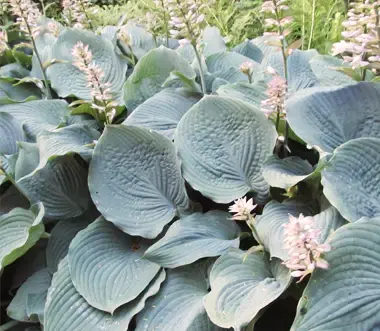
Attributes and Wildlife Value
Featuring Blue-green foliage that turns purplish in winter, the Youngstown Juniper provides year-round interest. It’s also an excellent source of shelter and berries for birds, contributing to local biodiversity.
The Blue-green foliage of this juniper variety is not only visually appealing but also provides essential shelter for a variety of wildlife throughout the year. Its dense growth habit and evergreen foliage create a protective habitat, offering a safe refuge for birds and small animals.
During winter, when many other plants have lost their leaves or berries, the Youngstown Juniper stands out with its purplish hue. This color change adds visual interest and can serve as a beacon for birds seeking shelter and food during the colder months. Birds are attracted to the dense branches of the juniper, which provide a secure place to hide from predators and harsh weather conditions.
The berries produced by the Youngstown Juniper are a valuable food source for many bird species. The small, berry-like cones provide nourishment and sustenance, especially during the winter when natural food sources may be scarce. Birds will flock to the juniper to feast on the berries, enhancing the local biodiversity and creating a lively atmosphere in your garden.
By planting Youngstown Juniper, you can contribute to the conservation of bird populations and support the overall ecological balance of your environment. The availability of shelter and food sources provided by this juniper variety not only benefits birds but also attracts other wildlife, such as squirrels and other small mammals. Observing the diverse range of wildlife that the Youngstown Juniper attracts can bring joy and a deeper appreciation for the natural world.
Benefits and Disadvantages
One of the main benefits of the Youngstown Juniper is its excellent erosion control, making it perfect for sloped landscapes. However, it may spread more than desired in ideal conditions, so some may see its vigor as a disadvantage.


Native Area and Habitat Requirements
Native to North America, Youngstown Junipers are quite adaptable and can grow in a variety of habitats, including rocky slopes and sand dunes.
Care and Pruning
Generally, these Junipers require minimal care—just ensure they get enough sunlight and have well-drained soil. Pruning is rarely necessary unless you want to control their spread or shape. If you do decide to prune, do so in early spring before new growth begins.
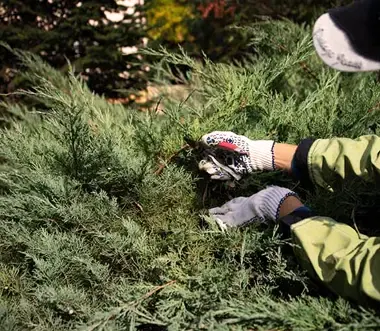
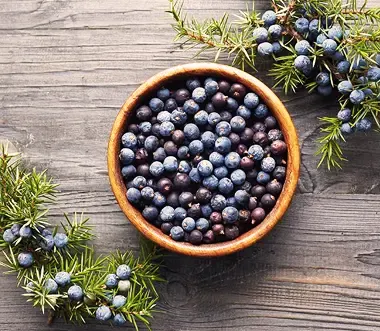
Invasive, Lifespan, and Edibility
Though not generally invasive, these Junipers can spread robustly in ideal conditions. With a lifespan of several decades, they provide long-lasting coverage. Their berries are not toxic but are more often used in cooking and flavoring than as a primary food source.
Frequently Asked Questions
1. Can Youngstown Junipers grow in shade?
While they can tolerate partial shade, these junipers prefer full sun for optimal growth.
2. Are they suitable for urban environments?
Yes, Youngstown Junipers are quite tolerant of pollution, making them suitable for urban landscapes.
3. How often should I water my Youngstown Juniper?
They are drought-tolerant, so watering can be infrequent. Just ensure the soil doesn’t become overly dry.
So, there you have it—a detailed exploration of the remarkable Youngstown Juniper. Whether you’re an avid gardener, a landscape designer, or a nature enthusiast, there’s no denying the captivating charm of this ground-hugging evergreen.


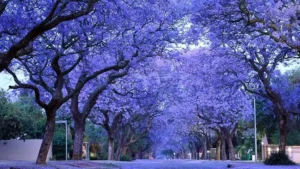
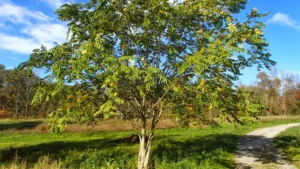
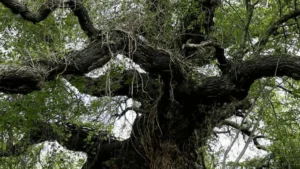
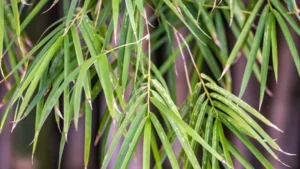
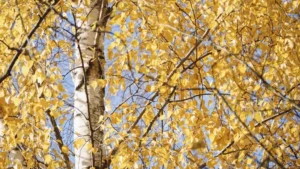
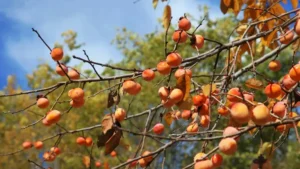
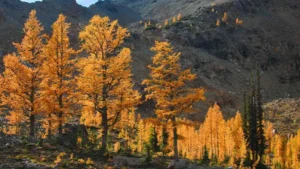
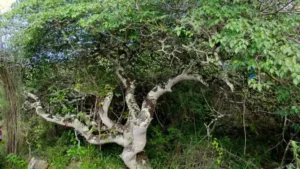
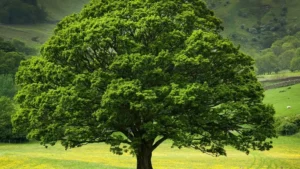
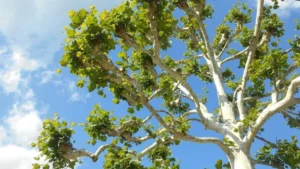
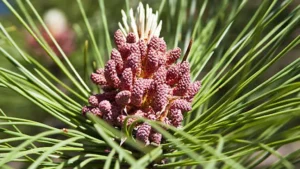

Leave your comment